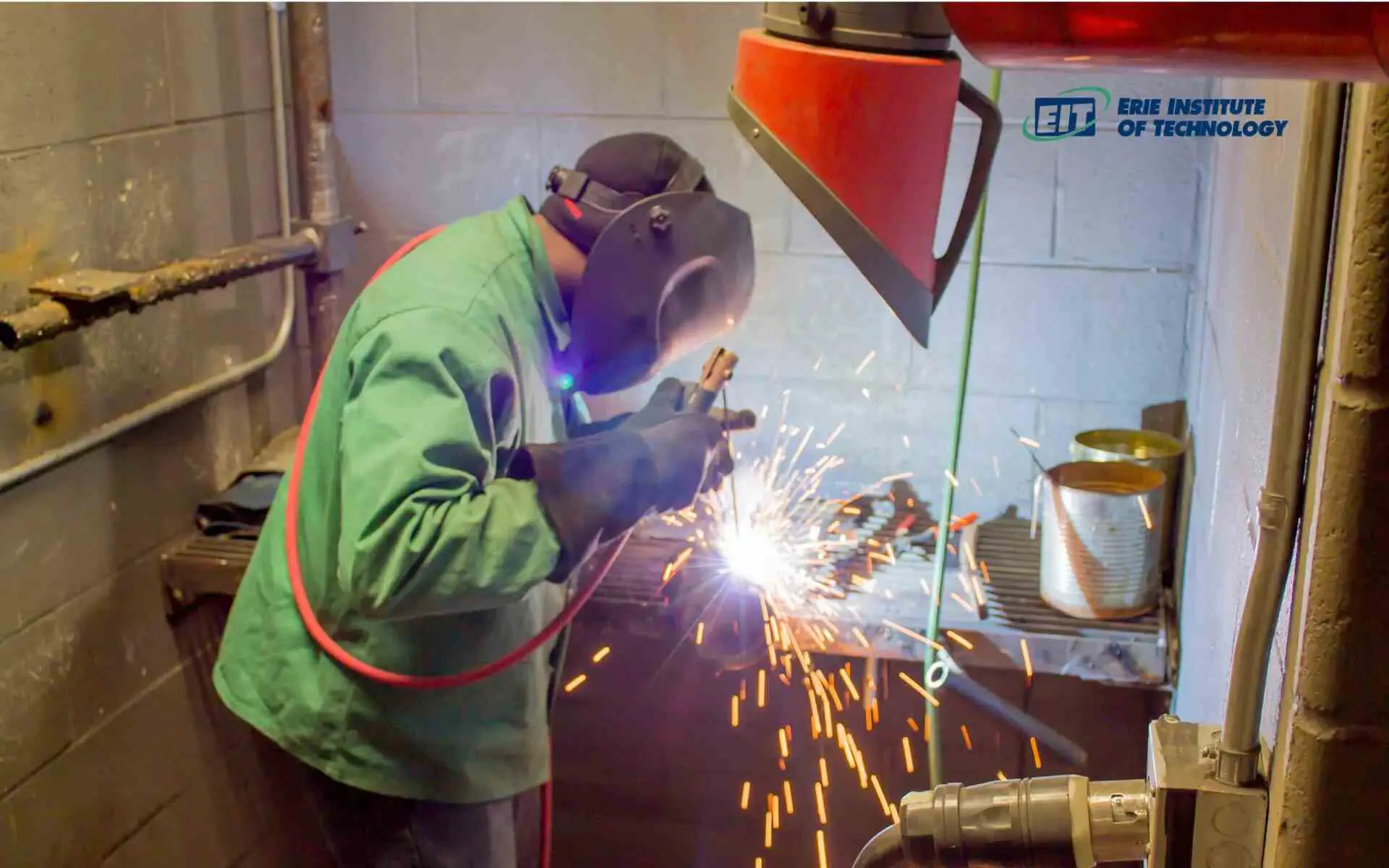Why a Welding WPS is Crucial: Enhancing Consistency and Conformity
Why a Welding WPS is Crucial: Enhancing Consistency and Conformity
Blog Article
The Ultimate Overview to Welding WPS Procedures: A Thorough Summary for Welders
In the detailed world of welding, Welding Treatment Specifications (WPS) function as the backbone of making certain quality, uniformity, and security in welding procedures. Recognizing the subtleties of producing, implementing, and monitoring WPS procedures is important for welders looking to raise their craft and fulfill market criteria. As we look into the numerous parts of a WPS and explore the complexities of credentials and qualification, we will discover the crucial duty these treatments play in the world of welding. Let's start a trip to unravel the complexities and value of WPS procedures in welding practices.
Importance of WPS Procedures
Understanding the relevance of Welding Treatment Specifications (WPS) procedures is important for making sure the high quality and stability of bonded structures. WPS treatments act as a roadmap for welders, outlining the necessary actions, parameters, and materials needed to accomplish a sound weld. By sticking to WPS guidelines, welders can make certain uniformity in their work, causing trusted and structurally audio welds.
One of the key reasons why WPS procedures are essential is their duty in maintaining weld top quality and integrity. Complying with the defined welding parameters and techniques laid out in the WPS aids avoid issues such as porosity, breaking, or insufficient blend, which can compromise the strength and durability of the weld.

Components of a WPS
A Welding Procedure Spec (WPS) normally comprises vital parts that detail the details needs for executing a weld, making sure consistency and quality in the welding procedure. The key components of a WPS include crucial variables such as base steels, filler metals, preheat and interpass temperature levels, welding procedures, securing gases, welding settings, and post-weld heat therapy demands.
Base metals describe the materials being signed up with, while filler steels are utilized to fill the gap in between the base steels throughout welding. Preheat and interpass temperatures are crucial for regulating the warmth input and avoiding problems like fracturing or distortion. The welding process describes the particular technique to be made use of, whether it's gas steel arc welding (GMAW), protected steel arc welding (SMAW), or one more technique. Shielding gases safeguard the weld swimming pool from climatic contamination. Welding positions specify the positionings in which welding can be done. Post-weld warm treatment might be needed to eliminate stress and anxieties and boost the weld's properties. An extensive understanding of these elements is crucial for developing a extensive and efficient WPS.

Qualification and Accreditation
Having actually developed the essential components of a Welding Procedure Requirements (WPS), the emphasis now moves in the direction of the vital elements of credentials and certification in welding methods.

Accreditation, on the other hand, is the official recognition of a welder's certifications by an appropriate certification body or company. Welding certifications are normally based on the details welding processes, materials, and positions a welder is qualified to work with. Holding a legitimate welding accreditation demonstrates that a welder satisfies market criteria and is competent to carry out welding tasks to the called for requirements.
Creating a WPS
To develop a Welding Procedure Specification (WPS) that fulfills market standards, careful consideration of welding procedures, materials, and functional criteria is essential. The initial step in developing a WPS is to identify the welding process to be made use of, such as gas steel arc welding (GMAW) or secured metal arc welding (SMAW)

Carrying Out and Keeping Track Of WPS
Upon settling the thorough Welding Procedure Requirements (WPS) that carefully details welding procedures, products, functional parameters, and go to this website top quality guarantee measures, the emphasis changes to successfully carrying out and monitoring the well established procedures. Execution entails guaranteeing that all welders entailed in the job recognize with the WPS and follow it carefully throughout the welding procedure. This needs supplying adequate training and guidance to ensure adherence to the defined treatments. Keeping an eye on the WPS includes continuous oversight to validate that welding tasks straighten with the documented specifications. Inspections, testing, and quality assurance measures are crucial parts of the surveillance process to identify any type of concerns or discrepancies immediately. Routine audits and reviews of the welding procedures assist in preserving consistency and top quality throughout the job. Reliable application and tracking of the WPS are important for guaranteeing the integrity, stamina, and safety and security of the welded joints, ultimately adding to the total success of the welding task.
Verdict
Finally, understanding and complying with Welding Procedure Requirements (WPS) is essential for welders to ensure quality, consistency, and safety in their job. By recognizing the elements of a WPS, getting appropriate credentials and certifications, producing detailed procedures, and executing and checking them efficiently, welders can boost their skills and effectiveness in welding methods. Complying with WPS procedures is important for creating top quality welds and meeting industry standards.
In the detailed world of welding, Welding Procedure Requirements (WPS) serve as the backbone of making certain high quality, uniformity, and security in welding operations. The welding process lays out the certain method to be utilized, whether it's gas metal arc welding (GMAW), shielded metal arc welding (SMAW), or an additional approach.To create a Welding Treatment Specification (WPS) that satisfies industry criteria, cautious consideration of welding procedures, products, and functional parameters is important. The initial step in developing a WPS is to recognize the welding procedure to be utilized, such as gas metal arc welding (GMAW) or protected steel arc welding (SMAW)Upon completing the detailed Welding Treatment Specification (WPS) that meticulously details welding processes, materials, operational criteria, and quality assurance procedures, the focus moves to efficiently link implementing and checking the well established procedures.
Report this page